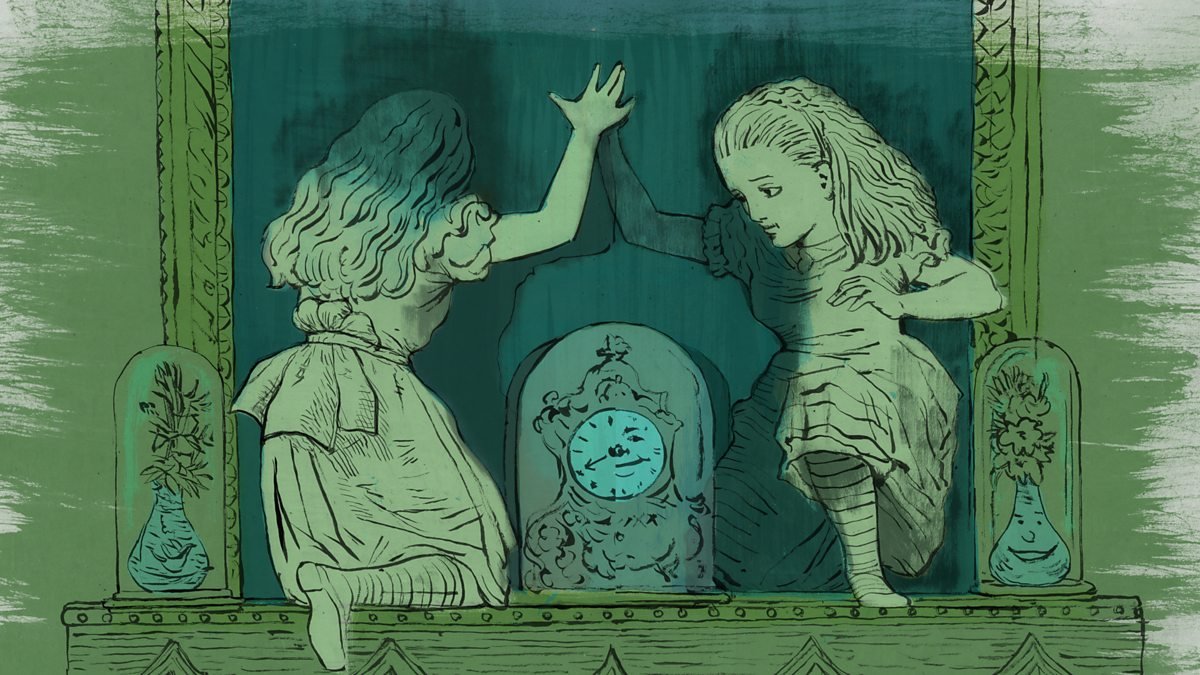In an era of constant connectivity, loneliness has paradoxically become one of the most pervasive and underrecognized public health crises of the 21st century. Despite the proliferation of social media, virtual communities, and instant communication, rates of reported loneliness and social isolation have reached unprecedented levels across all age groups. Beyond emotional discomfort, chronic loneliness is now understood as a psychobiological stressor with profound implications for mental health, cognitive function, and even physical well-being.
Loneliness is not merely a lack of social contact but a subjective perception of disconnection and lack of belonging. This feeling activates neural circuits associated with pain and threat — particularly in the amygdala, anterior cingulate cortex, and insula — creating a state of chronic vigilance and emotional distress. Over time, this hyperactivation can dysregulate the hypothalamic-pituitary-adrenal (HPA) axis, leading to elevated cortisol levels, sleep disturbances, and inflammatory responses. These physiological changes mirror those found in depression and anxiety, revealing loneliness as both a cause and consequence of psychiatric vulnerability.
In modern digital life, the problem is compounded by “pseudo-connection.” Online interactions can provide an illusion of social engagement while lacking the depth, empathy, and nonverbal communication of face-to-face relationships. Studies show that excessive use of social media correlates with higher levels of depression, envy, and perceived social exclusion — especially when individuals engage passively, comparing themselves to others rather than actively connecting. Paradoxically, the platforms designed to connect people often amplify feelings of inadequacy and isolation.
For younger generations raised in digital environments, this disconnect carries serious psychiatric risks. Adolescents and young adults report record levels of anxiety, body image dissatisfaction, and depersonalization — phenomena linked to the constant pressure of online visibility. Meanwhile, older adults face a different form of isolation: digital exclusion and the loss of traditional community structures, which together increase the risk of cognitive decline and late-life depression.
At the neurochemical level, loneliness reduces oxytocin and dopamine signaling, impairing the brain’s reward and bonding systems. It also triggers pro-inflammatory gene expression, which has been linked not only to depression but also to Alzheimer’s disease and cardiovascular illness. This convergence of psychological and biological mechanisms positions loneliness as a multisystem disorder — a chronic imbalance affecting both mind and body.
Therapeutically, addressing loneliness requires more than simply encouraging social interaction. Interventions that foster authentic connection and emotional attunement — such as group therapy, community-based programs, and digital detox strategies — have proven effective. Cognitive-behavioral approaches can also help reframe negative beliefs about social rejection and self-worth, breaking the self-perpetuating cycles of isolation. Additionally, emerging research suggests that mindfulness and compassion-based practices can increase social connectedness and reduce perceived loneliness, even in digitally mediated contexts.
On a societal level, the loneliness epidemic demands systemic solutions: reimagining urban spaces to promote community engagement, designing healthier online platforms, and integrating social connection into public health policy. Some governments, recognizing its severity, have even appointed “Ministers of Loneliness” to address its growing impact on population well-being.
In conclusion, loneliness in the digital age is not a trivial emotional state but a psychological and physiological hazard with far-reaching consequences. It erodes the very foundation of human mental health — connection. Understanding and addressing this silent epidemic requires bridging technology, neuroscience, and empathy. Only by restoring meaningful human bonds can modern psychiatry hope to heal the fractures of a hyperconnected yet emotionally disconnected world.






